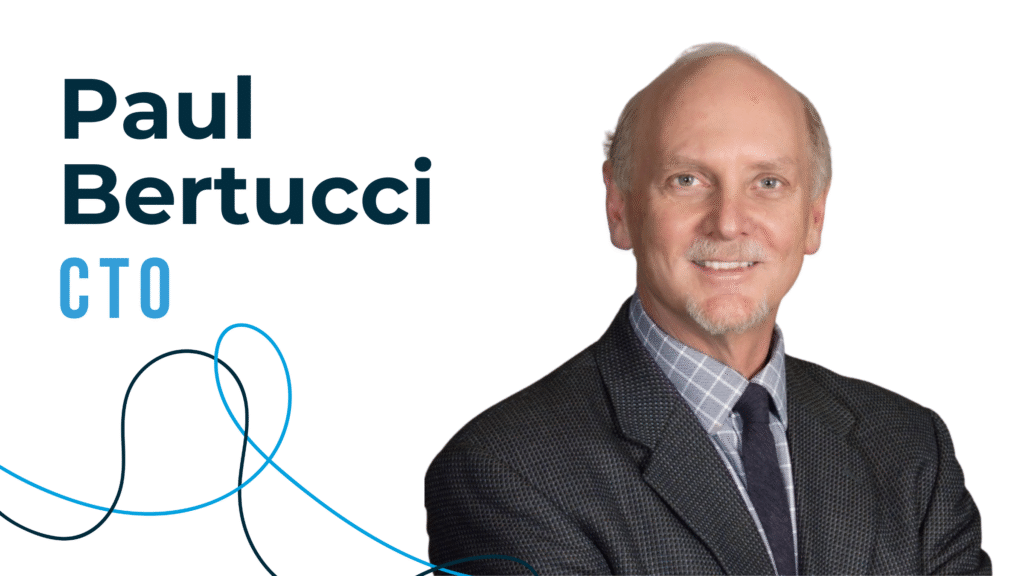Velocity unlocked: how hyperscale teams keep delivery moving

Introduction
For most large technology organizations, slowing down is not an option. The pressure to deliver faster, smarter, and at greater scale never lets up, especially for engineering teams managing hundreds of concurrent initiatives.
Even with world-class talent, delivery velocity often breaks down when structure fails to keep pace with growth. Turnberry Solutions has seen this pattern firsthand while supporting AWS and other Fortune 100 technology organizations across thousands of engineers. We embed with delivery, product, and platform teams to help them maintain momentum in complex, distributed programs.
This article outlines the practices that reliably sustain velocity at scale.
Visibility is the foundation
When delivery slows, leaders often add process or headcount. The real issue is usually visibility.
In hyperscale environments, small teams often lose sight of how their work connects to the larger roadmap. Dependencies multiply, updates scatter across tools, and progress becomes difficult to measure consistently. What to put in place
- A single page of view of delivery health for each program, rolling uo the same key signals every week.
- A simple dependency register that shows what’s blocked, who owns it, and the next decision date.
- A cadence that surfaces issues early, not at the end of a sprint or release
Practical tip
Use your existing tools. Start with a shared view before introducing anything new. The goal is signal, not dashboards for their own sake.
Structure that sustains speed
Faster delivery depends on how work is organized. When teams can move in parallel with clear ownership and fewer collisions, progress becomes predictable.
Turnberry’s embedded delivery managers work directly with engineering groups to synchronize priorities, clarify decision paths, and reduce cross-team friction. Within two weeks, most teams establish a steady delivery rhythm without adding new layers of management.
What to put in place
- A common planning rhythm across related teams so handoffs are predictable.
- Decision rights written in plain language so owners can act without escalation.
- Lightweight check-ins that confirm scope changes, dependencies, and risks.
Practical tip
Keep ceremonies short and useful. Replace status meetings with a single written update and use live time to remove blockers.
Continuity drives confidence
In large programs, turnover quietly erodes velocity. Each transition resets context and delays decisions.
Turnberry’s 95% consultant retention rate preserves institutional knowledge and stability. Teams maintain momentum because the people who understand the history and systems stay close to the work.
What to put in place
- Stable core teams that remain intact across quarters.
- Handover templates that capture essential context in one place.
- Clear expectations for how staffing changes will be communicated and absorbed.
Practical tip
Treat continuity as a capacity advantage. When teams stay intact, progress compounds naturally, and delivery remains predictable.
Governance that drives progress
Traditional consulting models often emphasize governance for audit and compliance. In large-scale delivery, that approach can slow decisions and reduce flexibility.
Effective governance keeps accountability high while maintaining decision speed. Fit-for-purpose frameworks protect quality without creating drag.
What to put in place
- A short list of commitments that every team reports on consistently each week.
- Risks captured with owner, impact, and next action: concise, actionable, and current.
- A defined path to escalate and resolve decisions within 24 – 48 hours when cross-team alignment stalls.
Practical tip
Keep only the mechanisms that help teams move forward. Remove steps that add process but not progress.
Velocity as a system
Sustainable speed depends on systems that scale. When visibility, structure, and continuity align, teams move together at any size, whether they have ten engineers or ten thousand.
Velocity unlocked captures this approach. It’s a practical framework for running complex delivery programs with predictable results and a consistent rhythm across teams.
What to put in place
- A shared delivery framework that defines how plans roll up and how outcomes roll back down.
- Concise, consistent metrics that track measurable progress.
- Embedded delivery leadership that protects rhythm as priorities evolve.
Practical tip
Design the framework to be portable. Even if a team changes tools or reporting lines, the system should continue to function.
Early warning metrics to watch
After embedding with numerous enterprise programs, Turnberry teams have identified three indicators that often signal delivery risk:
- Sprint carryover above 25 percent: Indicates unclear work definition or capacity planning gaps.
- Cross-team dependency tickets aging more than five days: Suggests coordination mechanisms need adjustment.
- Escalations rising quarter over quarter: Points to ownership and decision models that require clarification.
Review these signals every week. If any one trends in the wrong direction for two cycles, address it promptly to keep delivery momentum steady.
Starter checklist: Build momentum in 30 days
- Create a weekly page of delivery health for each program.
- Standardize a simple dependency register and review it weekly.
- Align related teams to the same planning rhythm and shared definition of done.
- Publish decision rights for leaders and team owners.
- Reduce status meetings. Keep updates asynchronous and use live time to remove blockers.
- Assign one embedded delivery lead to protect cadence and continuity.
Progress becomes steady when small, simple mechanisms are applied the same way each week.
Frequently asked questions
Do we need new tooling to get started?
No. Begin with the tools already in place. Focus on shared visibility and clearer decision paths. Add tools only when a real gap remains.
Does embedded delivery replace our PMO?
No. It strengthens it. The goal is to help PMO and engineering leaders work faster and stay aligned.
How fast should we expect to see results?
Most organizations notice clearer signals and fewer collisions within two weeks once cadence, visibility, and decision rights are aligned.
Ready to benchmark your delivery velocity?
Schedule a short, 20-minute Delivery Health Audit.
Turnberry delivery leaders will compare your structure with proven hyperscale patterns and share two or three quick wins your teams can apply right away.
No sales pitch. No follow-up unless you ask.
Continue reading

Turnberry Solutions welcomes Paul Bertucci as Chief Technology Officer
Turnberry Solutions is excited to welcome Paul Bertucci as our new Chief Technology Officer. Paul joins…

Turnberry Solutions welcomes Mario Ruiz as Head of Strategy and Client Innovation
Turnberry Solutions is pleased to announce that Mario Ruiz has joined the team as Head of…

Turnberry earns Microsoft Azure Solutions Partner designations in Data & AI and Digital & App Innovation
Turnberry Solutions is proud to announce that we have earned Microsoft Azure Solutions Partner designations in…